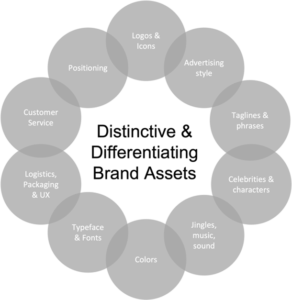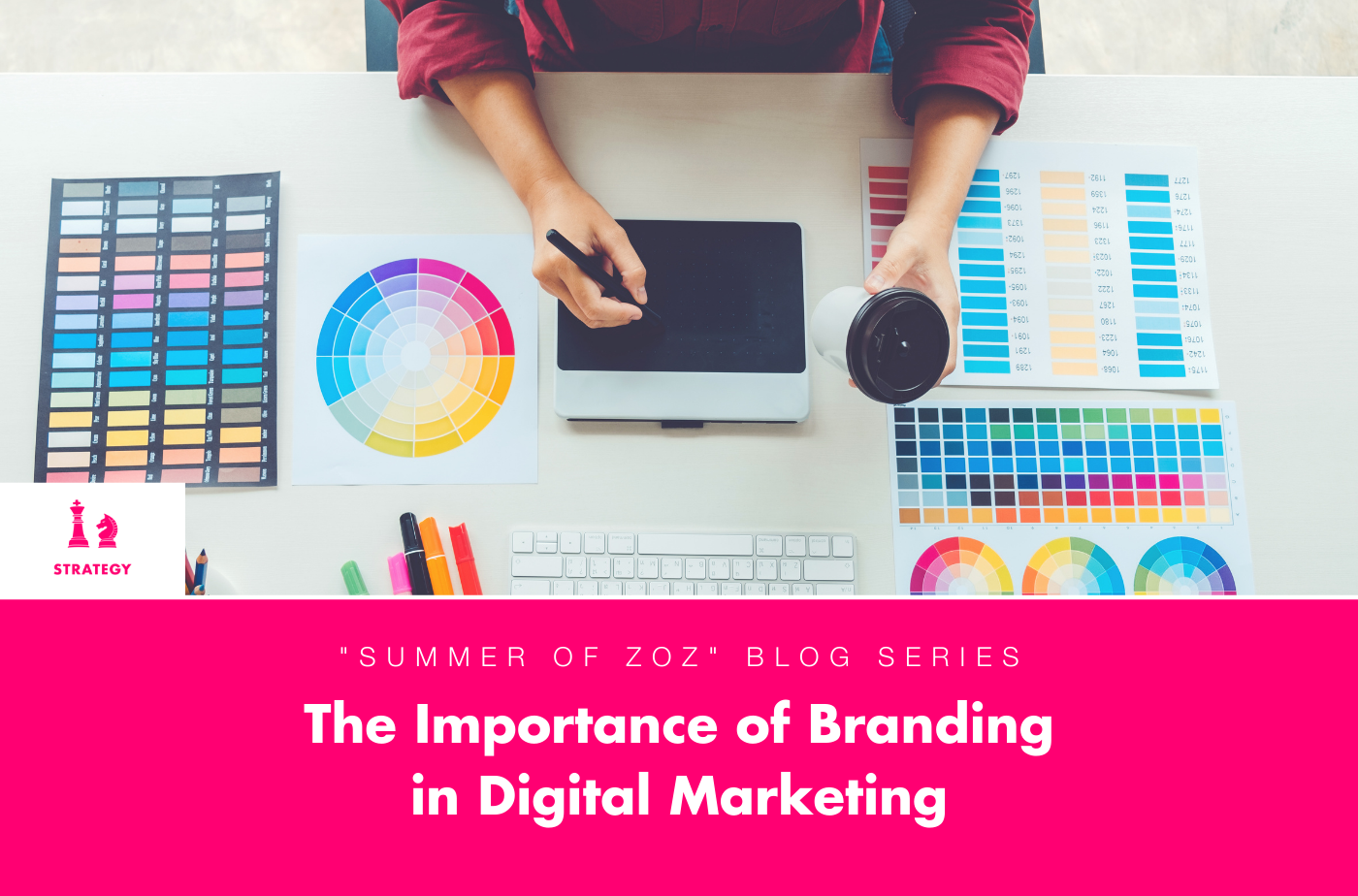In our latest installment in our ‘Summer of Zoz’ blog series, Senior VP Director of Strategy and Planning, Jake Gerber, provides insights into branding in a modern digital marketing landscape. With a focus on strategy, Jake analyzes how Zozimus can help your brand achieve your goals through proper branding and positioning.
Brand as a Buzzword
The word “brand” has become one of the more frequently used words in marketing and business. But while the word itself is becoming more common, the definition is becoming opaquer.
On one side lies the ‘Brand Champions’, often pointing to the longer-term effects that a strong brand can provide the business. On the other end are the ‘Brand Detractors’, dismissing brands due to the perceived investment, the lack of guaranteed impact, and distraction from near-term objectives. This later point of view becomes harder to argue against during times of industry and general market uncertainty, as many are currently facing.
Most of this debate focuses on when brands are used and their impact. But only recently has the industry begun discussing what a brand is. We’d like to offer our perspective as this is one of the more interesting and important topics of recent times.
Definition of a Brand
A company, its products and/or services, and its brand are not interchangeable. Each has a role to play, and the totality gives these three pillars truth, integration, and aspiration.
Most B2B and B2C companies are organizations built upon a vision of doing something better or differently, with the end goal of generating profit.
These businesses generate profit by selling products and/or services to people, either end users, workers within corporations/industries, or a mixture of both.
A brand, therefore, is neither the business nor the product and/or service.
A brand is the outermost layer of a business and is most recognizable to people, including employees. It is a suite of sensory codes surrounding a company’s products and services that create differentiation and distinction in the market.
Brand Assets
Since the heyday of TV advertising, the word brand is often synonymous with positioning. Enormous effort is taken to identify and protect an “ownable idea” that will attract like-minded buyers.
However, a brand is more than just the idea and/or positioning used in advertising and marketing. While this “code” is incredibly important, it is far from the only asset at your disposal.
A full suite of brand assets can span these broad categories:
- Visual: your look
- Audio: your sound
- Touch: your feel
- Flavor: your taste
- Olfactory: your smell
- Cognitive: your positioning
These broad sensory categories can be used to develop numerous types of brand assets:

Think of some of the most known brands today and you’ll notice that some brand assets can activate multiple senses. For example, the GEICO gecko has a distinct look (no other insurance company uses a lizard as a character), and a distinct sound (the gecko’s accent is unlike anything else in advertising).
Brands are Personal
One of the more polarizing conversations between agencies and client partners is how to create brand assets. Should yours be similar to those across an industry “because it works” (think of how many financial service companies use greens and blues, or home building companies use the image of a house as a logo) or different from everything else (think of the bright yellow used by Liberty Mutual within insurance or the “ba-da-ba-ba-ba” at the end of McDonald’s commercials)?
The answer to this question can be determined by answering another: do you want anyone exposed to your brand at any time (i.e. any of your brand assets) to be able to confuse it with another company? The answer to this question should unequivocally be “No.” Simply put, any brand that can be confused with a competitive or unrelated brand will struggle to drive maximum impact for the business. How could in-market buyers find you online or in-store if they cannot remember what to search for? How could in-market buyers justify paying a premium if the assets lack recognition and currency?
The Compound Interest of Brands
The more your brand’s assets are used across channels (OOH, TV, online, website, social, in-store, PR, events, etc.) and across buying situations (e.g. top of funnel awareness initiatives, lower funnel sales executions, CRM, etc.) the greater the effects. Repetition is key, and it is critical for both business and marketing teams to continue leveraging their brand assets long after they tire of them. The result can be similar to compound interest in finances; the longer you stick with it, the greater the returns can be.
Evolving Brand Assets
An upcoming post will explore the framework we use to help our client partners determine if any, or all, of their brand assets would benefit from a refresh.
Get in touch with us today if you’re searching for a partner that will help leverage your current assets to drive results, or discuss opportunities to evolve your brand.

BOSTON, MARS




